.
.
.
…..Jeff Gold’s book Sittin’ In: Jazz Clubs of the 1940s and 1950s is a visual history of many of the country’s most influential night clubs and ballrooms during jazz music’s golden era.
…..The book is centered around a collection of memorabilia Mr. Gold discovered, and features photographs of club patrons taken by in-house photographers, as well as postcards, handbills, menus, matchbooks, and posters.
…..In cooperation with Mr. Gold, Jerry Jazz Musician will occasionally publish a noteworthy excerpt from the book. In this edition, Gold writes about two Harlem night spots – The Apollo Theater and Club Baby Grand – and shares photographs and memorabilia from his collection.
.
(Editors note: Readers should keep in mind the context and complexity of the era in which these clubs existed)
.
.
___
.
.
The Apollo Theater
253 West 125th Street Between Adam Clayton Powell Jr. Boulevard (Seventh Avenue) and Frederick Douglass Boulevard (Eighth Avenue)
.
.
photo by William Gottlieb/Library of Congress
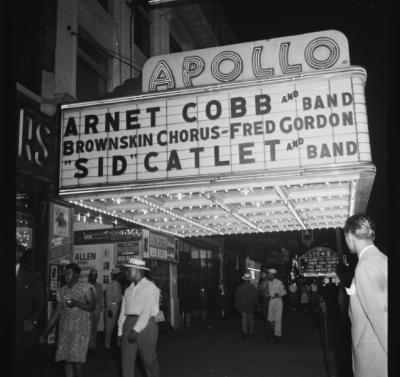
Apollo Theater Marquee, circa 1946-1948
.
.
…..The Apollo opened on January 16, 1934, during the height of the swing era. The 1,506-seat venue presented multi-act bills headlined by the era’s most popular big bands, including those of Duke Ellington and Chick Webb, and filled out with dancers like Bill “Bojangles” Robinson and the Nicholas Brothers and comedians such as Jackie “Moms” Mabley and the duo Butterbeans and Susie. Occasionally the theater would book celebrities too, including boxers Joe Louis and Sugar Ray Robinson and horror film star Boris Karloff.
…..The Apollo was integrated during the 1940s, white patrons accounted for an estimated 40 percent of the audience during the week and up to 75 percent on weekends. While the theater presented mostly African American entertainers, many white artists played the hall, including bands led by Buddy Rich, Woody Herman and Charlie Barnet. As swing declined in popularity, the theater began adding blues, rhythm and blues, and, eventually, even rock and roll performers such as Buddy Holly to its lineups.
…..On Mondays, the Apollo hosted amateur night contests. Billed as the place “where stars are born and legends are made,” the competitions, which were broadcast live on the radio, featured young aspiring talent looking for exposure. One of the first winners was seventeen-year-old Ella Fitzgerald, who had planned to dance during the contest but, unnerved by the performance of a dance duo, instead sang Hoagy Carmichael’s “Judy” and Pinky Tomlin’s “The Object of My Affection,” and won the twenty-five-dollar first prize. In 1942, Sarah Vaughan, just eighteen, entered the contest on a dare. She won, singing “Body and Soul,” which led to her discovery by Billy Eckstine.
…..But perhaps the most popular part of amateur night was Porto Rico, described by David Hinkley of the New York Daily News as “an outlandishly dressed character whose assignment was to go onstage, at a cue from his silent partner in a side box or the audience at large, and chase faltering contestants into the wings before they further mistreated whatever song they were trying to sing. This process began with the wail of an offstage siren, followed by the arrival of Mr. Rico himself, firing a cap gun or a starter’s pistol into the air while often also wielding some other instrument of banishment. That might be a pitchfork, with Porto Rico dressed as a farmer. It might be a broom, with Porto Rico as a housewife. On other nights, Porto Rico just liked to feel pretty. Old-timers recall a night when he came out in a Turkish turban with a bright yellow cone brassiere and pink tights.
…..As music changed, the Apollo continued to thrive, particularly during the soul music explosion of the 1960s. Despite intermittent closings during the 1970s and multiple owners, the theater continues to present world-class performers today.
.
.
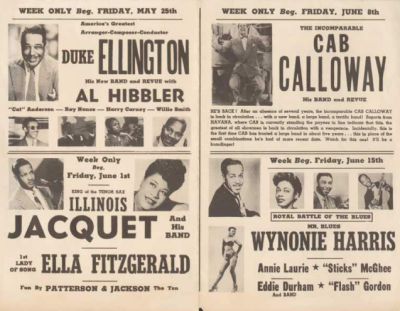
.
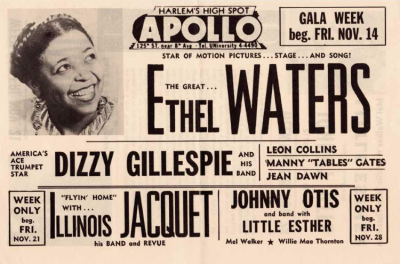
Apollo handbills advertising appearances for Duke Ellington (1951) and Ethel Waters (1952)
.
.
___
.
.
Club Baby Grand
319 West 125th Street
.
.
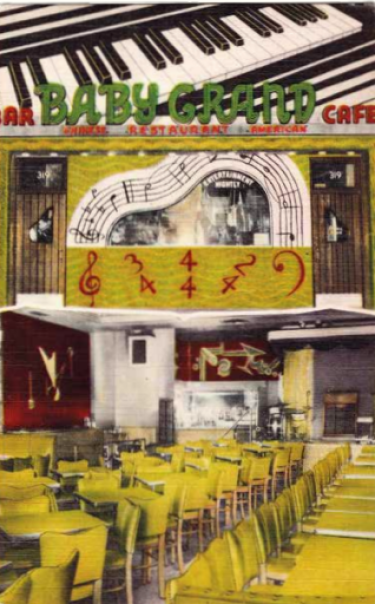
Club Baby Grand postcard, date unknown
.
.
…..Former Cotton Club dancer Vivian Brown and her twin sister opened Club Baby Grand in the late 1940s. Future comedy star Nipsey Russell was the club’s master of ceremonies, and reportedly the Baby Grand was writer and social activist Langston Hughes’s favorite Harlem nightclub.
…..Singer Jimmy Scott, a frequent headliner, recalled: “The Baby Grand crowd was the most musically sophisticated I’d ever faced. These brothers and sisters were accustomed to hearing Ella and Billie. This was the neighborhood of Fats Waller and Willie “the Lion” Smith…The Baby Grand opened many doors. All the cats came by after their own gigs or on their nights off. Basie, Bud Powell, Oscar Pettiford. Willie Bryant, emcee at the Apollo, was always dropping in and spreading my name around.”
…..Willie Bryant, who was also a bandleader and the “unofficial mayor of Harlem,” and disc jockey Ray Carroll broadcast The After-Hour Swing Session live from the integrated club on WHOM. Other headliners included organist Jimmy Smith, blues singers Big Maybelle and Etta James, and singer-actor Eddie Fisher. In 1955, pianist Walter Bishop Jr.’s band – with bassist Charles Mingus, drummer Kenny Clarke, and saxophonist Hank Mobley – was headlining when Bishop fell ill. Pianist Horace Silver took over, and during the engagement, legendary saxophonist Charlie Parker sat in multiple times. Silver later recalled, “Walter Bishop asked me if I wanted to play, and I told him yeah. Miles also sat in, so did Gerry Mulligan. That was a helluva set.”
…..In the mid-1950s, singer Dakota Staton was discovered at the Baby Grand by Capitol Records producer Dave Cavanaugh, who signed her to the label. Perhaps less predictably, during the early 1960s, future Velvet Underground founders Lou Reed and John Cale occasionally busked outside the club. The Baby Grand closed in the 1970s.
.

Club Baby Grand souvenir photographs, and folder (below)
.
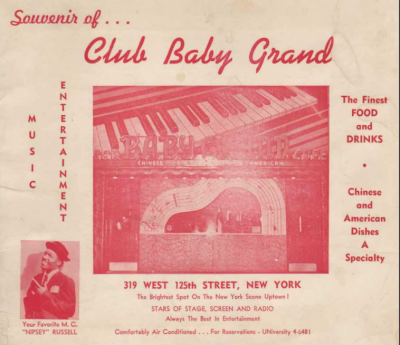
.
.
.
___
.
.
Click here to read Vol 1, on the Savoy Ballroom
Click here to read Vol 2, on Birdland
Click here to read Vol 3, on Club Ubangi
Click here to read Vol 4, Four Harlem Nightspots
Click here to read Vol 5, on Connie’s Inn and Smalls’ Paradise
.
Click here to read our interview with Jeff Gold
.
.
___
.
.
photo courtesy Jeff Gold

Jeff Gold is a Grammy Award-winning music historian, archivist, author, and executive. Profiled by Rolling Stone as one of five “top collectors of high-end music memorabilia,” he is an internationally recognized expert who has consulted for the Rock & Roll Hall of Fame, Museum of Pop Culture, and various record labels and cultural institutions. He has also appeared as a music memorabilia expert on PBS’s History Detectives and VH1’s Rock Collectors. His other books include 101 Essential Rock Records: The Golden Age of Vinyl from the Beatles to the Sex Pistols and Total Chaos: The Story of the Stooges/As Told by Iggy Pop. He own the music memorabilia website Recordmecca.com and writes about topics of interest to collectors on its blog.
Follow Jeff on Twitter at @recordmecca or on Instagram at @recordmecca.
.
.
___
.
.
All text and images — unless otherwise noted — © Jeff Gold. Excerpted from Sittin’ In: Jazz Clubs of the 1940s and 1950s (Harper Design). Published by permission of Jeff Gold.
.
.
.




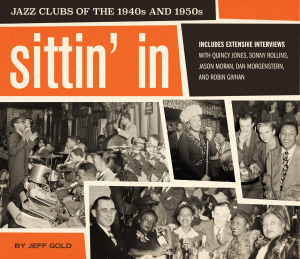


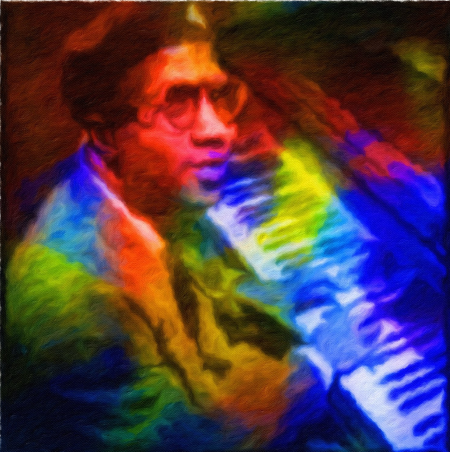
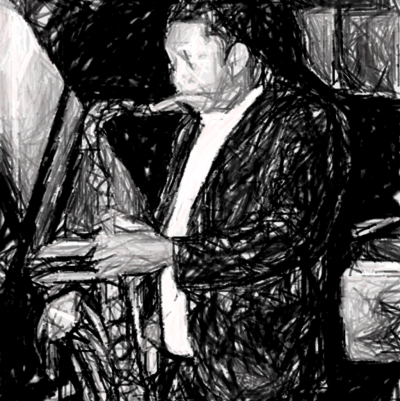
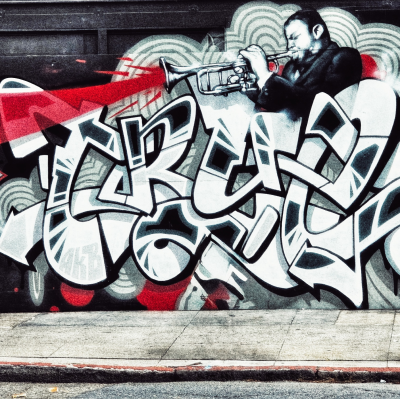
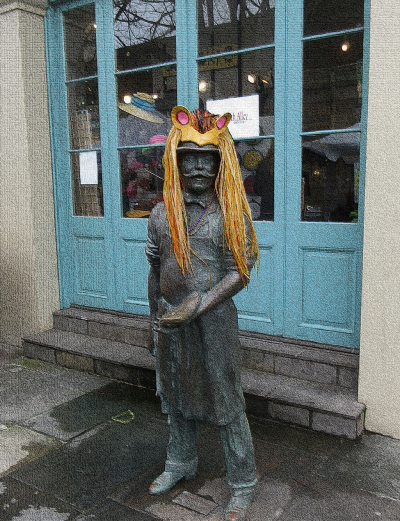
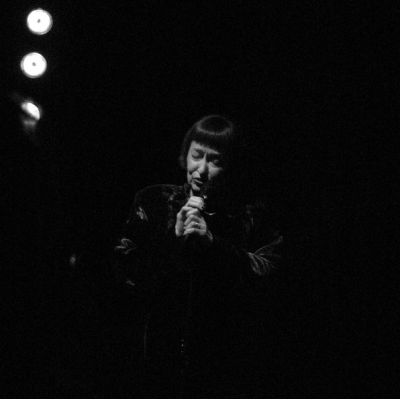
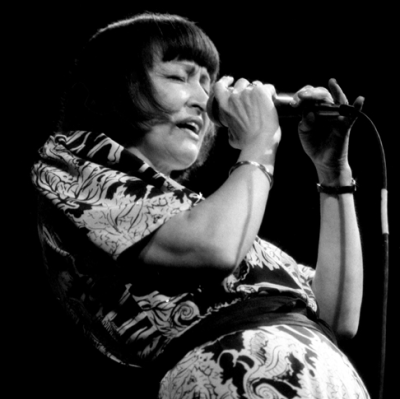

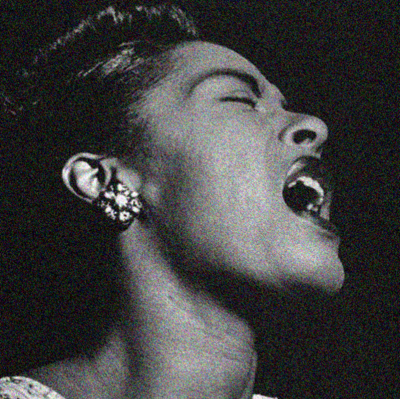
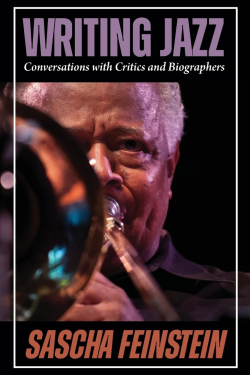

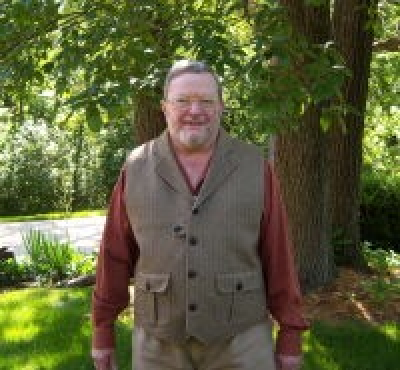
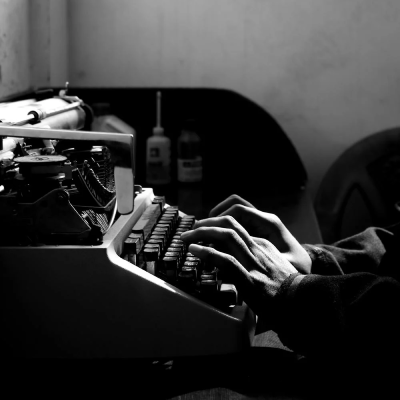
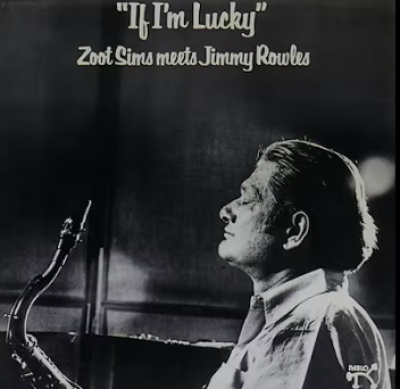
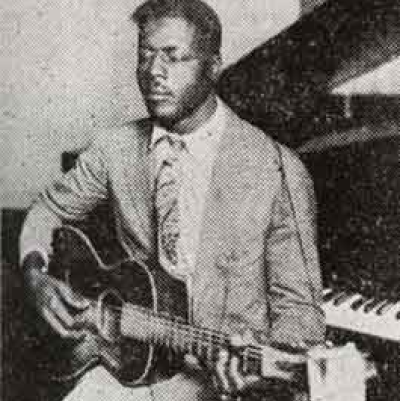
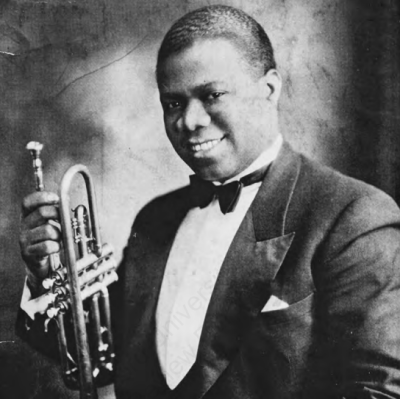
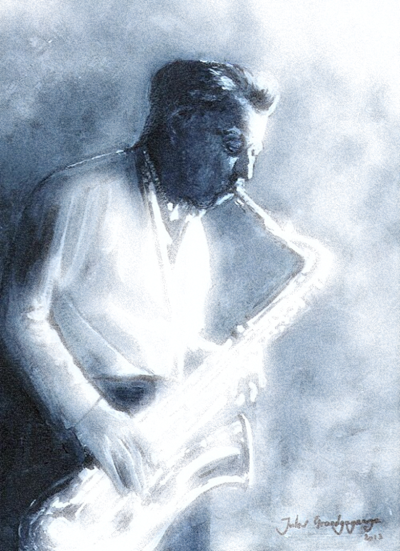
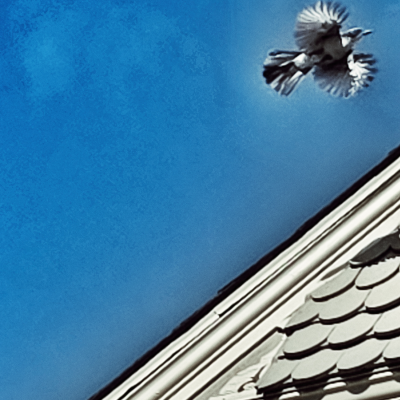

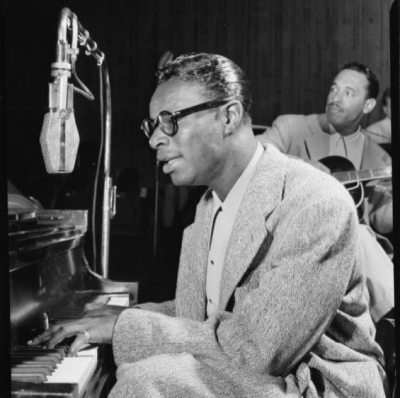


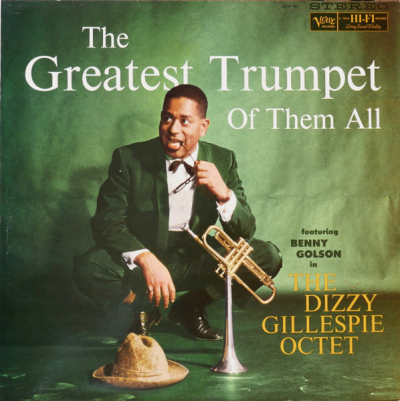
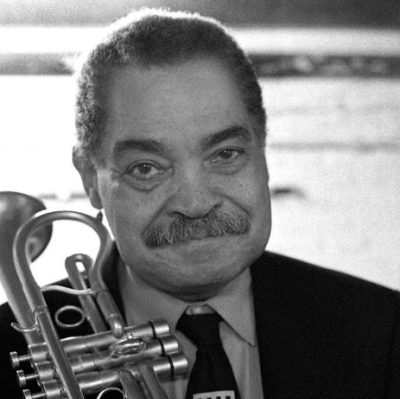







I thoroughly enjoyed this. I was lucky to go to many 3:30 after noon shows in the mid to late 50’s. And flipped at looking around the Baby Grand, I was too young at the time, but the exciting Square back lighted photos of the singers, just thrilling. I saved hundreds of newspaper ads from the Apollo, and gave them to the Apollo, my self and brother and a friend gave the programs of the Alan Freed and Jocko and Calvacade shows to the RnRoll hall of fame,
I was looking up a night club act, Childs and Pettiford, I think. Do you remember them?
I look forward to more articles.